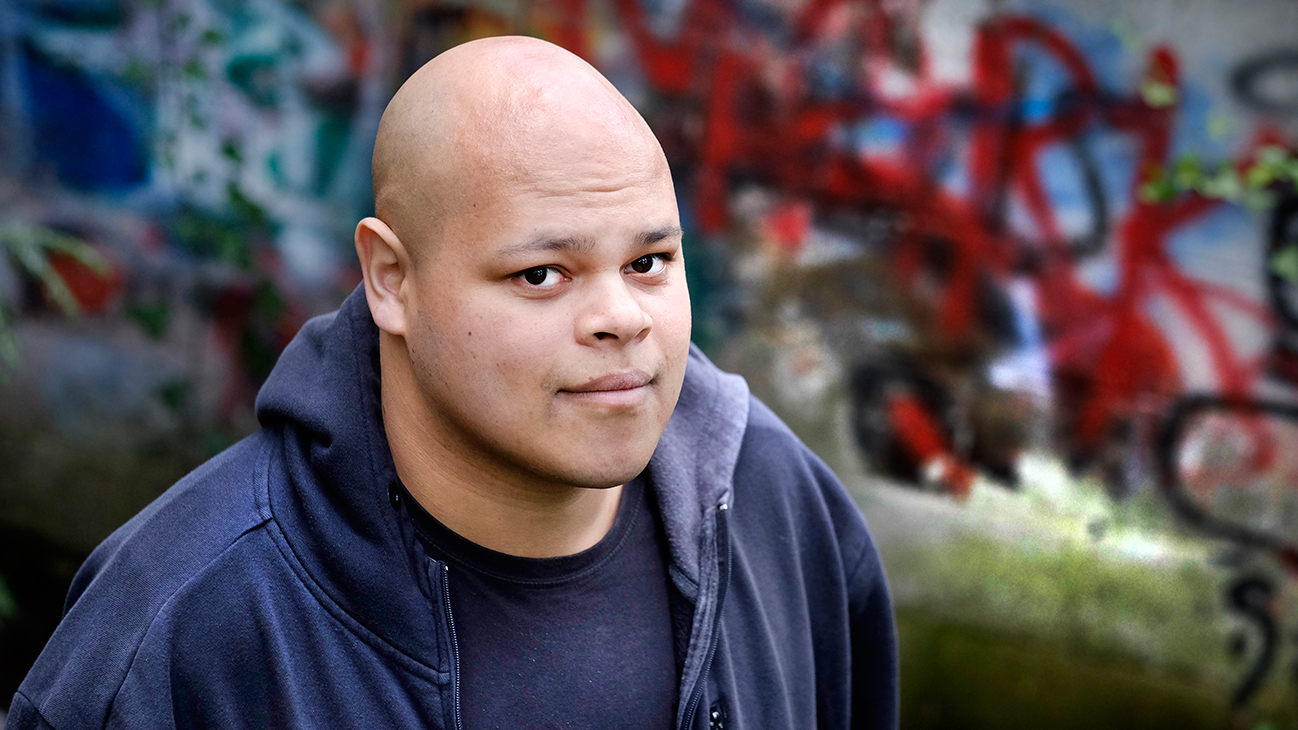As a lawyer, community organizer, and teacher, Jamil Jivani tackles some of the biggest challenges in the world. The Yale Law School and Osgoode Hall Law School researcher and teacher focuses on issues that impact youth, immigrants, and low-income families. He is also the founder of the Citizen Empowerment Project, a public education organization leading initiatives related to policing, racial profiling, democratic participation, voter turnout and economic development.
In a recent Op-ed for The Globe and Mail, Jivani shares his reasoning for looking past money as the go-to solution for the opioid epidemic gripping the nation.
From The Globe:
The Toronto Board of Health has joined the chorus of voices asking the Ontario government to better fight the opioid crisis. This week, the board voted unanimously to recommend the province declare the opioid crisis a provincial emergency. Last month, more than 700 health-care workers across Ontario signed an open letter also requesting Premier Kathleen Wynne declare the opioid crisis a provincial emergency.
In response to last month’s open letter, Ontario’s Health Minister Eric Hoskins resisted declaring an emergency and instead offered a familiar solution: spending more money. The provincial government plans to spend $222-million over three years to hire more harm-reduction workers, expand the supply of naloxone and create more clinics. Following the board of health’s vote, Mr. Hoskins doubled down on his refusal to label the opioid crisis an emergency.
Missing in this response is recognition that the opioid crisis requires more than just money to solve. It also requires dynamic leadership that can rally government agencies and others around a shared strategy to combat opioid abuse on multiple fronts. Declaring a provincial emergency or a comparable gesture would signal that the Ontario government is taking meaningful responsibility to solve the problem of opioid abuse.
For the last few months, I’ve been working to fight the opioid crisis with Our Ohio Renewal, an advocacy and policy research organization based in Columbus, Ohio. Ohio is one of the states hit hardest by opioid abuse in the U.S. From 2000 to 2015, unintentional drug overdoses in Ohio rose from 411 per year to 3,050. This change in overdose deaths tells the story of a growing crisis. Heroin, fentanyl, oxycodone, hydrocodone, codeine, morphine and other drugs have increased in both supply and demand throughout the state.
Ontario hasn’t seen nearly as many opioid overdoses. From 2003 to 2016, overall opioid-related deaths grew from 366 to 865 a year, including a 19-per-cent increase from 2015 to 2016. Emergency department visits related to opioid abuse have more than doubled in Ontario since 2003. Toronto Public Health reports that of the 204 accidental drug-related deaths in Toronto in 2015, opioids were involved in 135 of them.
However, news headlines in Ontario have started to alarmingly mirror what I’ve seen in Ohio. For example, earlier this month, the Toronto Public Library announced that it will begin to train staff to administer naloxone to help reverse opioid overdose symptoms. This is a sign of how transformative the opioid crisis can be in its impact on public services, a transformation that has already taken root in other parts of North America.
Read the full opinion piece here.

